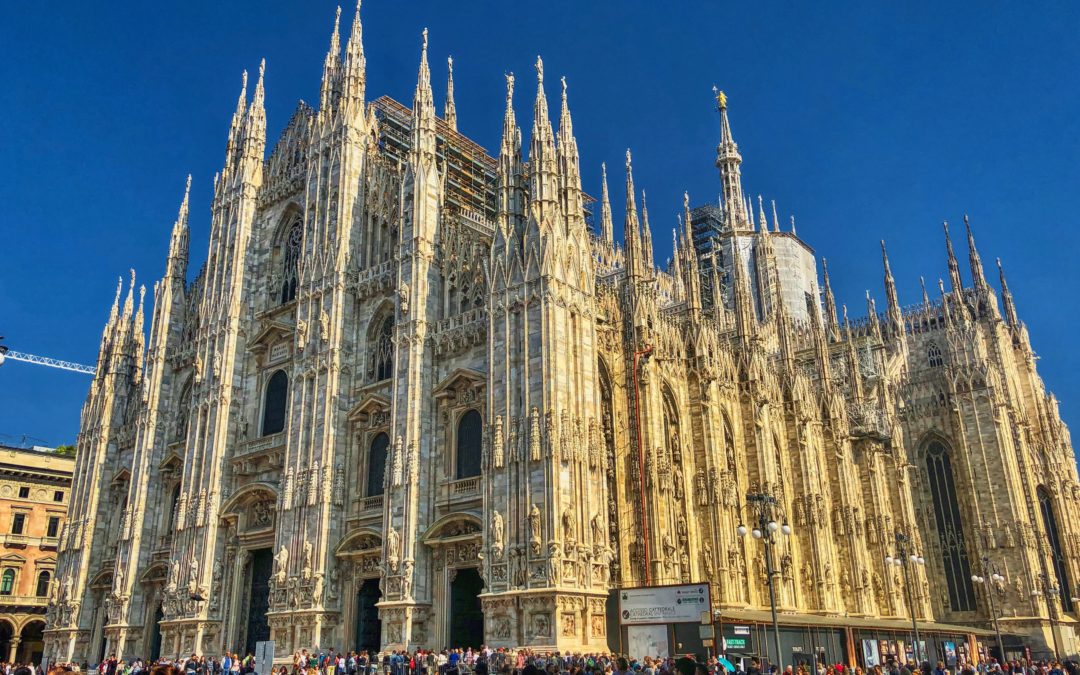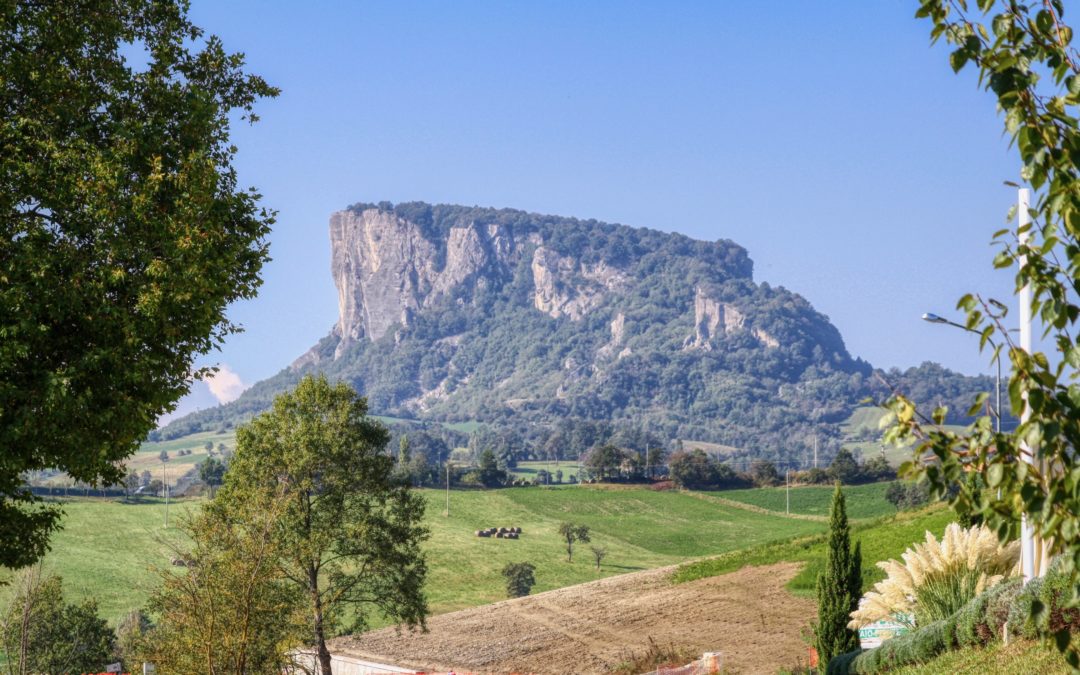
Lucca
Lucca
“A beutiful city completely surrounded by intact renaissance-era city walls. You can’t miss a visit.” — Anonymous author.
Lucca is a city in Tuscany, Central Italy, on the Serchio, in a fertile plain near the Tyrrhenian Sea. It is the capital of the Province of Lucca. It is famous for its intact Renaissance-era city walls.
The walls encircling the old town remain intact, even as the city expanded and modernized, unusual for cities in the region. Initially built as a defensive rampart, once the walls lost their military importance they became a pedestrian promenade, the Passeggiata delle Mura Urbane, a street atop the walls linking the bastions. It passes through the Bastions of Santa Croce, San Frediano, San Martino, San Pietro/Battisti, San Salvatore, La Libertà/Cairoli, San Regolo, San Colombano, Santa Maria, San Paolino/Catalani, and San Donato; and over the gates (Porte): San Donato, Santa Maria, San Jocopo, Elisa, San Pietro, and Sant’Anna. Each of the four principal sides of the structure is lined with a different tree species than the others.
The walled city is encircled by Piazzale Boccherini, Viale Lazzaro Papi, Viale Carlo Del Prete, Piazzale Martiri della Libertà, Via Batoni, Viale Agostino Marti, Viale G. Marconi (vide Guglielmo Marconi), Piazza Don A. Mei, Viale Pacini, Viale Giusti, Piazza Curtatone, Piazzale Ricasoli, Viale Ricasoli, Piazza Risorgimento (vide Risorgimento), and Viale Giosuè Carducci.
The town includes a number of public squares, most notably the Piazza dell’Anfiteatro, site of ancient Roman amphitheater; but also Piazzale Verdi; Piazza Napoleone’ and Piazza San Michele.
Lucca is the birthplace of composers Giacomo Puccini (La Bohème and Madama Butterfly).
Lucca hosts a number of events. The most famous are the annual Lucca Summer Festival which features live shows of international singers and music bands, and the annual Lucca Comics and Games festival, Europe’s largest festival for comics, movies, games and related subjects.
source: Wikipedia

All pictures and images on this site (except where explicitly stated) are ©2024 Stefano Guidetti.
Some content taken from Wikipedia (see attribution at the bottom of the post/page).
Some graphics for the home page and pages header taken from Pixabay.
If you would like to reuse any of my pictures, please contact me at info@sguidetti.net
On this site we do not use profiling cookies or third parties cookies.
We do, however, use technical cookies functional to to the fruition of this site.
About me
Stefano Guidetti
Very picky IT Manager, Web Developer, Web Designer and (very) amateur photographer.
Currently employed in the educational field, working for the Italian Ministry of Education, University and Research.
(please note: social profiles are in Italian language only)





